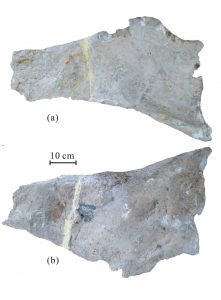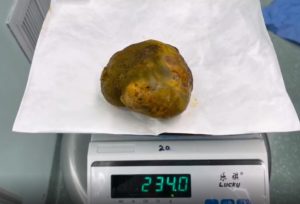Story By: Joseph Golder, Sub-Editor: Michael Leidig, Agency: Newsflash
Boffins have discovered these huge flower-life crystals in a recently discovered cave in Germany believed to be over 390 million years old.
The cave is located near Engelskirchen, which fittingly enough translates literally as “angel’s churches”, a city in the western German state of North Rhine-Westphalia, about 40 kilometres (25 miles) from Cologne.
The cave, called “Windloch” (‘wind hole’) boasts these impressive coral-shaped aragonite deposits – also known as “iron flowers”, and some of them are over 1.20 metres (3.93 feet) in diameter making them some of the largest in Europe, according to the Kluterthoehle Working Group (AKKH) and the city of Engelskirchen.
The AKKH is a team of cave experts who look after and research over 300 caves in the area and the team that discovered these huge crystals were led by German speleologist, conservationist and entrepreneur Stefan Voigt, 56.
According to the AKKH researchers, they have now measured passages with a total length of 7.3 kilometres (4.53 miles), with the “wind hole” now reportedly ranking in the “top 10” largest German caves.
The researchers only discovered the “wind hole” near Engelskirchen in March 2019. They have already found numerous rock formations in the winding passages, which are estimated to be around 390 million years old.
The exploration of the cave, which is not going to be open to the public, has not yet been completed.
Aragonite is a carbonate mineral formed by biological and physical processes, including precipitation from marine and freshwater environments.



